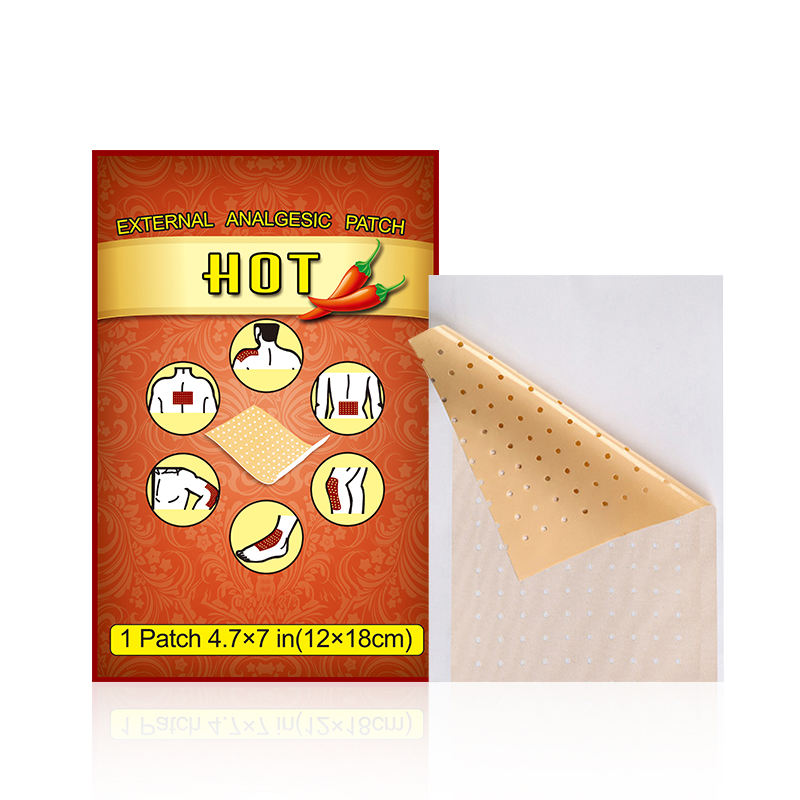Author:Kangdi 04-11-2024
Capsicum plasters represent a fascinating intersection of traditional medicine and modern pain management techniques. These therapeutic patches, derived from capsicum (chili peppers), harness the natural pain-relieving properties of capsaicin, the active compound that gives chilies their heat, to provide effective relief for various musculoskeletal conditions.
The mechanism of action behind capsicum plasters is both elegant and effective. When applied to the skin, capsaicin interacts with sensory neurons, initially creating a warming sensation that gradually leads to desensitization of pain receptors. This process helps reduce pain signals to the brain, providing relief from chronic pain conditions and muscle discomfort.
Modern capsicum plasters combine traditional knowledge with advanced manufacturing techniques. The adhesive backing ensures proper contact with the skin, while the carefully calibrated dosage of capsaicin provides consistent relief without overwhelming sensitivity. Manufacturers often incorporate additional beneficial ingredients such as menthol or herbal extracts to enhance the therapeutic effects.
One of the most significant advantages of capsicum plasters is their non-invasive nature. Users can apply them directly to affected areas without concerns about systemic side effects commonly associated with oral medications. The patches are designed to provide sustained release of active ingredients, offering extended periods of relief from a single application.
Safety considerations and proper usage guidelines are crucial aspects of capsicum plaster therapy. While generally well-tolerated, users should follow application instructions carefully to avoid skin sensitivity issues. The growing popularity of these plasters reflects their effectiveness in providing natural pain relief for various conditions.
 0086 19937104978
0086 19937104978





